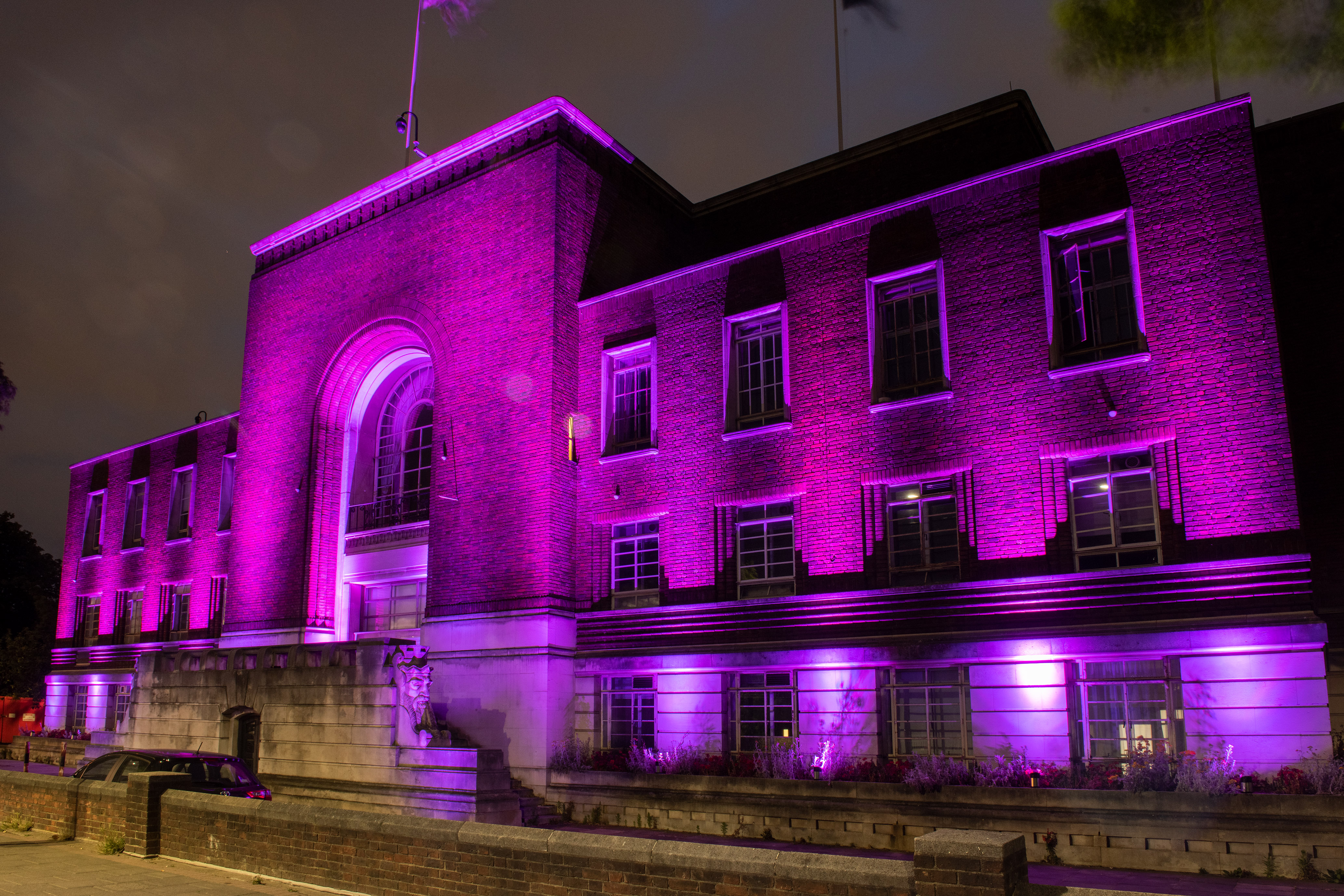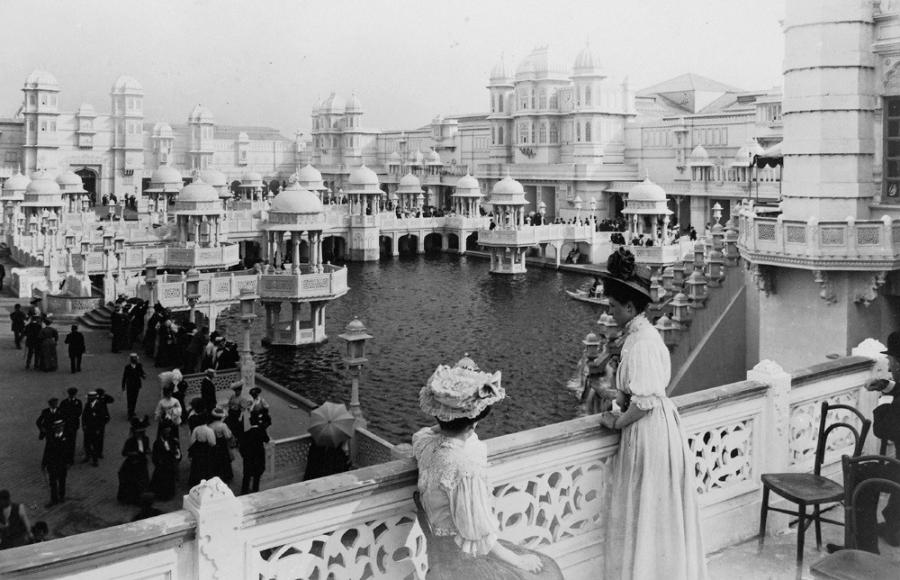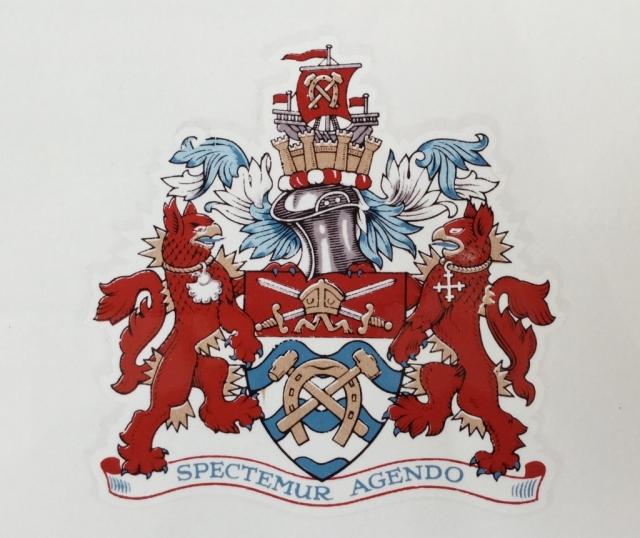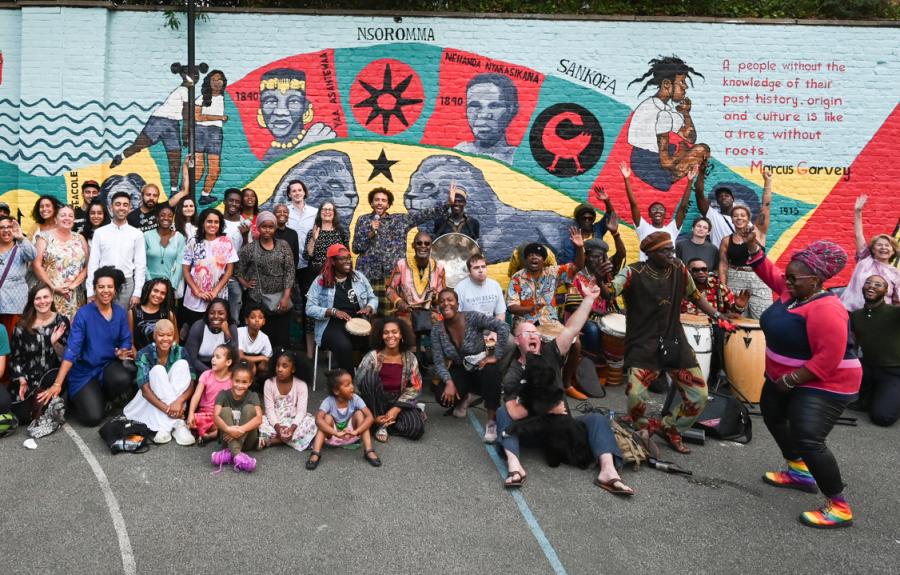
Hammersmith Town Hall was lit up in purple in solidarity with the Black Lives Matter movement back in June 2020.
We’re taking pride in Hammersmith & Fulham and reviewing street and building names, plaques and any historical links with slavery and colonialism.
Cllr Stephen Cowan, Leader of Hammersmith & Fulham Council, has commissioned this review to seek recommendations on how the borough can best honour and represent inclusivity and diversity in our public realm.
The work will:
- review the Hammersmith & Fulham Council coat of arms and make recommendations
- review the public realm (street and building names, plaques, statues and other memorials, murals and street art)
- document, educate and tell the history of colonialism and slavery linked to the borough
- review existing policies governing the naming of streets and buildings, as well as the placement of monuments, art and other potential fixtures on the public realm to improve inclusivity and diversity.
The working group - chaired by H&F Deputy Leader, Cllr Sue Fennimore - has been considering historical records, archives and public perception, particularly considering the Black Lives Matter movement challenges.
Updates will be included on this site as and when reviews have been completed.
Update: White City Estate – background to the name
1 July 2021
Summary
The London County Council built the White City Estate starting in the late 1930s and continuing following the Second World War. The name comes from the White City exhibition site on which the estate was built.
The roads are named after countries that featured in the empire exhibitions held there, for example:
- Australia Road
- Canada Way
- Commonwealth Avenue
- South Africa Road
- India Way
- New Zealand Way.
The blocks of flats commemorate those who had rendered prominent service to the British Empire.

The White City exhibition site and the origin of its name
The original White City exhibition site was a 200 acre complex built beside Wood Lane with 25 palaces and halls, most covered in distinctive white stucco, a network of Venetian-style canals and a 150,000 capacity stadium. The Hungarian emigré Imre Kiralfy was the driving force behind the project and appropriated its name from the White City at the Chicago World’s Fair, which he visited in 1893. Most of its buildings were made of painted white stucco as were those of the Shepherds Bush site.
White City in Shepherds Bush opened with the 1908 Franco-British Exhibition which ran from May until October. The exhibition attracted eight million visitors and celebrated the Entente Cordiale signed in 1904 by the United Kingdom and France. The 1908 London Olympics were also held in the stadium.
The last major exhibition was held in 1914, closing due to the outbreak of the First World War. By the 1930s the main halls had fallen into disrepair. The London County Council demolished what buildings remained and began building the White City housing estate just before the Second World War. This was the largest LCC estate built during this period.
The rest of the original exhibition site was taken over in the 1950s by the BBC.
Update: Coat of arms
12 October 2021
Our review indicates that the present coat of arms came about following the local government reorganisation in 1965 when the two previous metropolitan boroughs of Fulham and Hammersmith were superseded by the London Borough of Hammersmith, subsequently renamed the London Borough of Hammersmith and Fulham on 1 January 1980.
The arms were granted on 1 March 1965 and incorporated features from both boroughs. The subsequent change of name to Hammersmith and Fulham did not affect them.

For example, the wavy blue lines come from the Fulham coat of arms and represent the River Thames. The hammers and horseshoes are a pun on the word “Hammersmith”. The crossed swords represent the Diocese of London. The mitre stands for the Bishop of London.
The working group’s recommendation is that the current coat of arms should be retained and its history shared through the council`s media channels.
Update: H&F's Black history
1 November 2021
We launched an investigation into H&F’s own Black history during Black History Month 2021.
In our investigation we asked:
- Which historical black individuals lived here?
- Were we always a diverse borough?
- How did that road get its name?
- Did Hammersmith & Fulham play a part in the slave trade?
Visit the Black history in H&F section to find out about our past.

Want to read more news stories like this? Subscribe to our weekly e-news bulletin.




